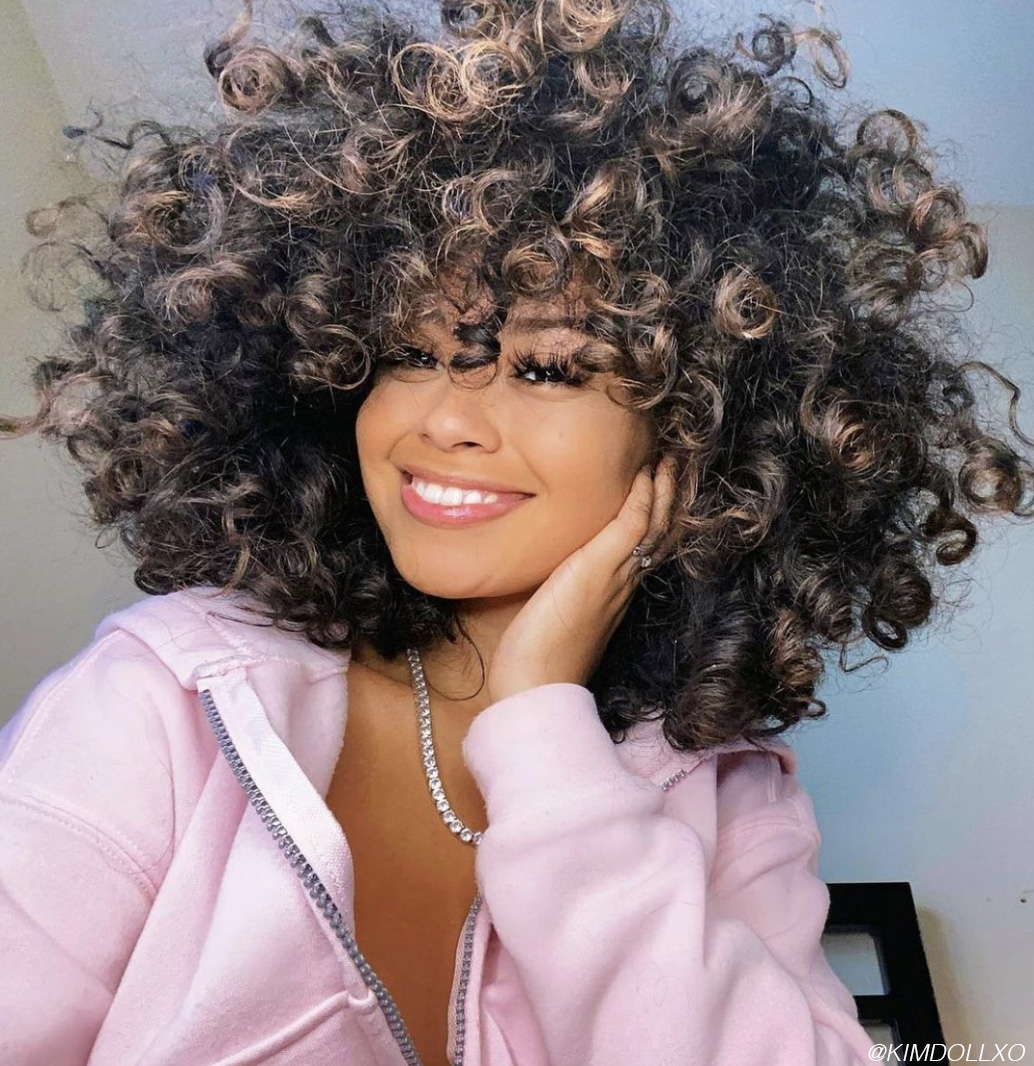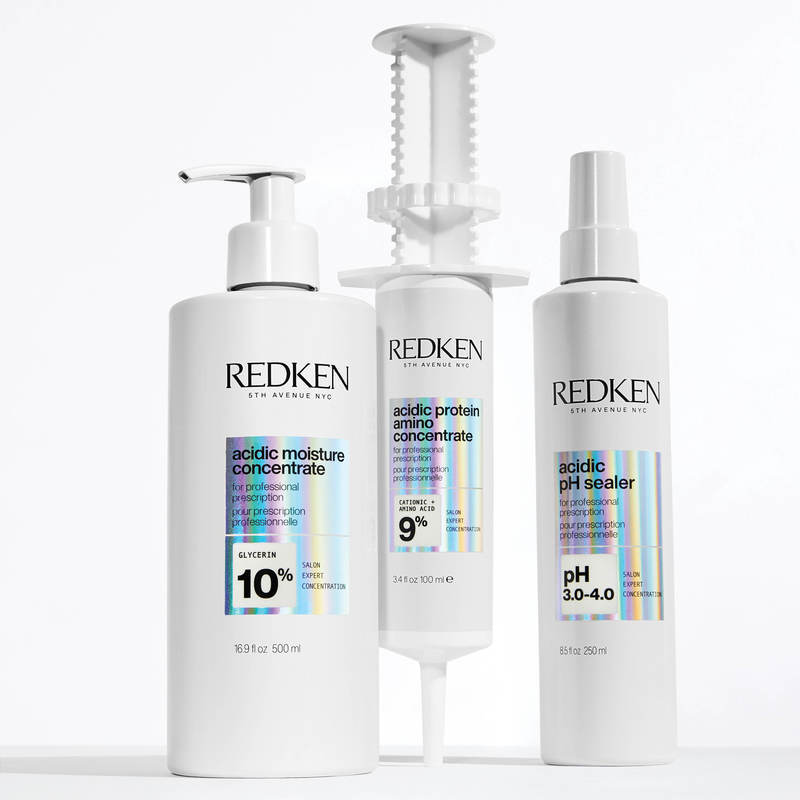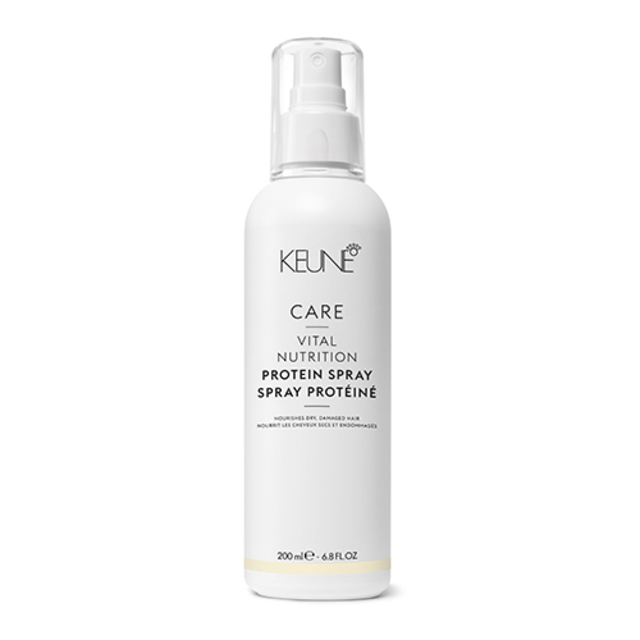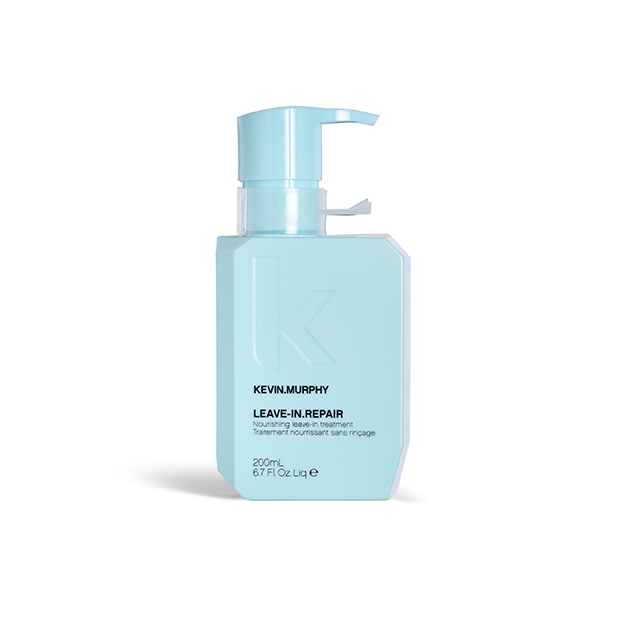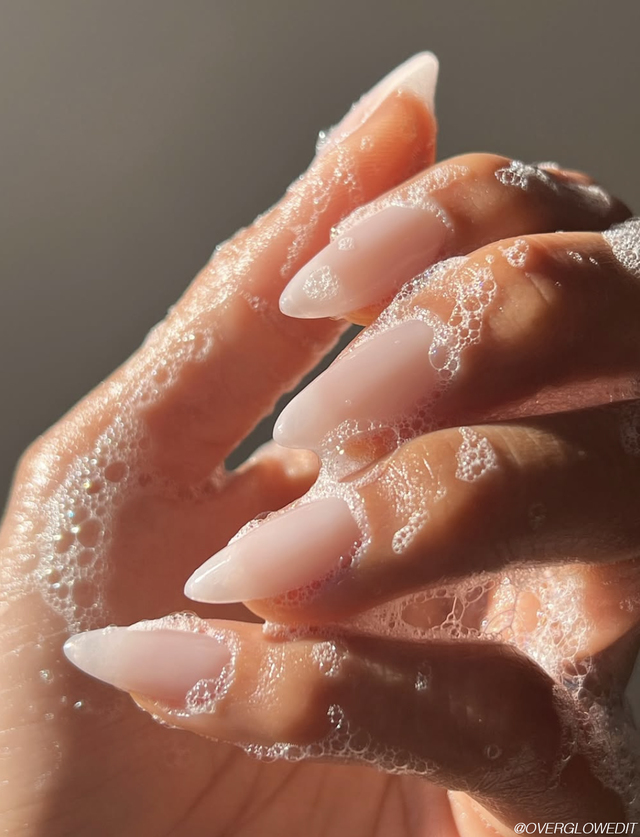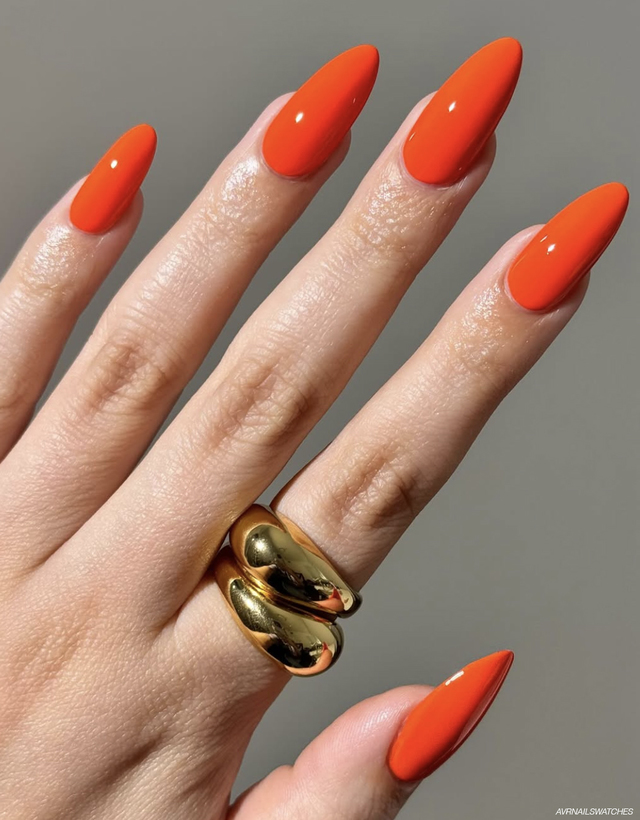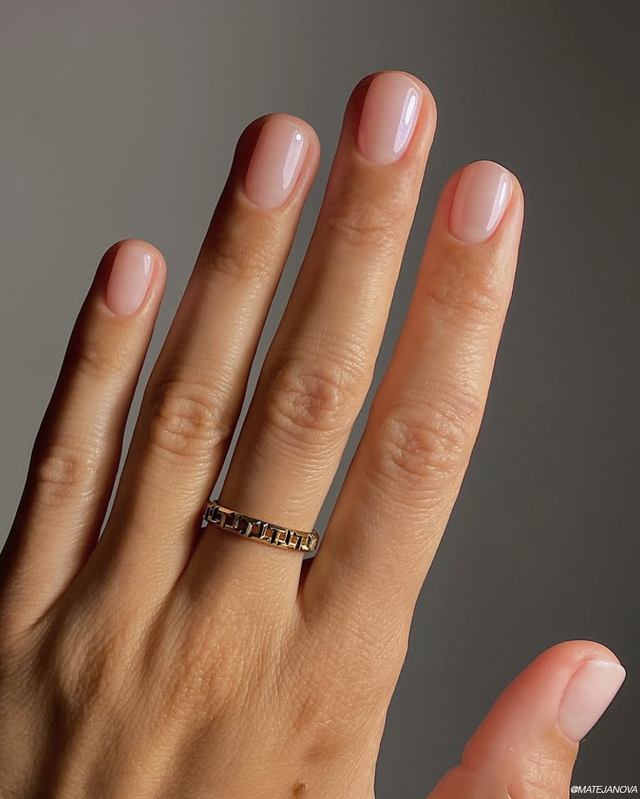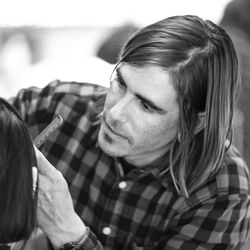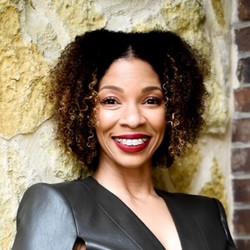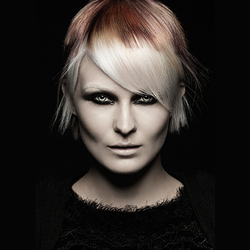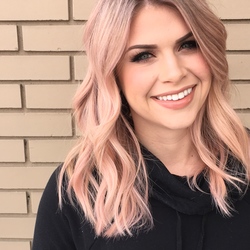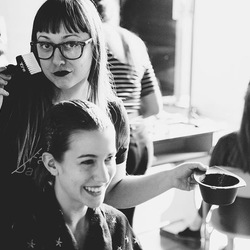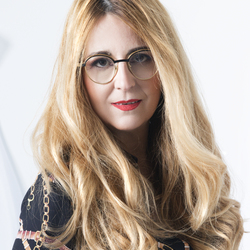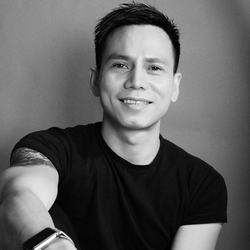From cutting curls to styling them, tips and tricks for working with a variety of textures are abundant. However, enhanced techniques when it comes to adding dimension to increase the depth and enhance overall appearance are still uncertain. Similar to styling, curly hair abides by a different set of rules when it comes to coloring services – density, length, and style. First and foremost, a solid consultation is key. Start with clear goals and hair inspiration from similar textures and base levels to give a realistic expectation. Prior to starting any color service, you’ll also need to discuss investment, maintenance, and at-home haircare. Read on to learn what to keep in mind when coloring curly hair.
Density
One thing is for sure with curly hair, subtle colors and dimension won’t go nearly as far as they do on smoother canvases. As the hair coils, dimension gets lost in the mix which can lead to some disappointing final reveals after a color service. To avoid this disappearing act, try parting your sections for more impact and less blending. Horizontal sections will provide you with panels of color while hand-painting techniques will allow for the blending needed at the base. If the hair is not as dense but still curly, consider taking a horizontal diagonal that mirrors the haircut - increasing the diagonal for thinner hair, and decreasing the diagonal for coarser hair. Additionally, take thicker sections for thicker hair and thinner sections for finer hair. Foils or film can be used to incubate hair but we recommend not folding your foil so you can really see the placement. Last but not least, saturate saturate saturate! Curly hair of any type is more porous and requires a well-saturated section to produce an even, efficient lift.
Length
As we’ve learned, curly hair can shrink up to 90% of its length when it goes from wet to dry. This is exactly why we suggest having your curly clients come to their appointment with their natural curls so you can truly see how much dry length you are working with. When face-framing make sure to blend back further into the hairline then you would with straighter hair to avoid a halo. Ombre looks or dipped ends should be approached with tact, alternating peaks, and valleys to ensure enough blend when the hair curls naturally. High peaks and low valleys can create a more dimensional look while evening out your peaks and valleys creates an all-over lighter appearance.
Style
Always consider the final style when choosing your sections. Mirror your cutting sectioning as closely as possible for the most organic blended results. If the hair cut doesn’t follow a specific geometry, use brick lay methods or alternating triangle partings. If a client switches between a blow-dried style and their natural curls, make sure to color with both in mind while setting up those expectations with the client.
Most importantly always honor the integrity of the hair, curls can lose their shape and pattern due to over-processing, so approach each transition gently backed by an arsenal of moisture-enhancing treatments.
In-salon treatments:
Redken Acidic Bonding Concentrate
Take-home treatments:
Care Vital Nutrition Protein Spray
